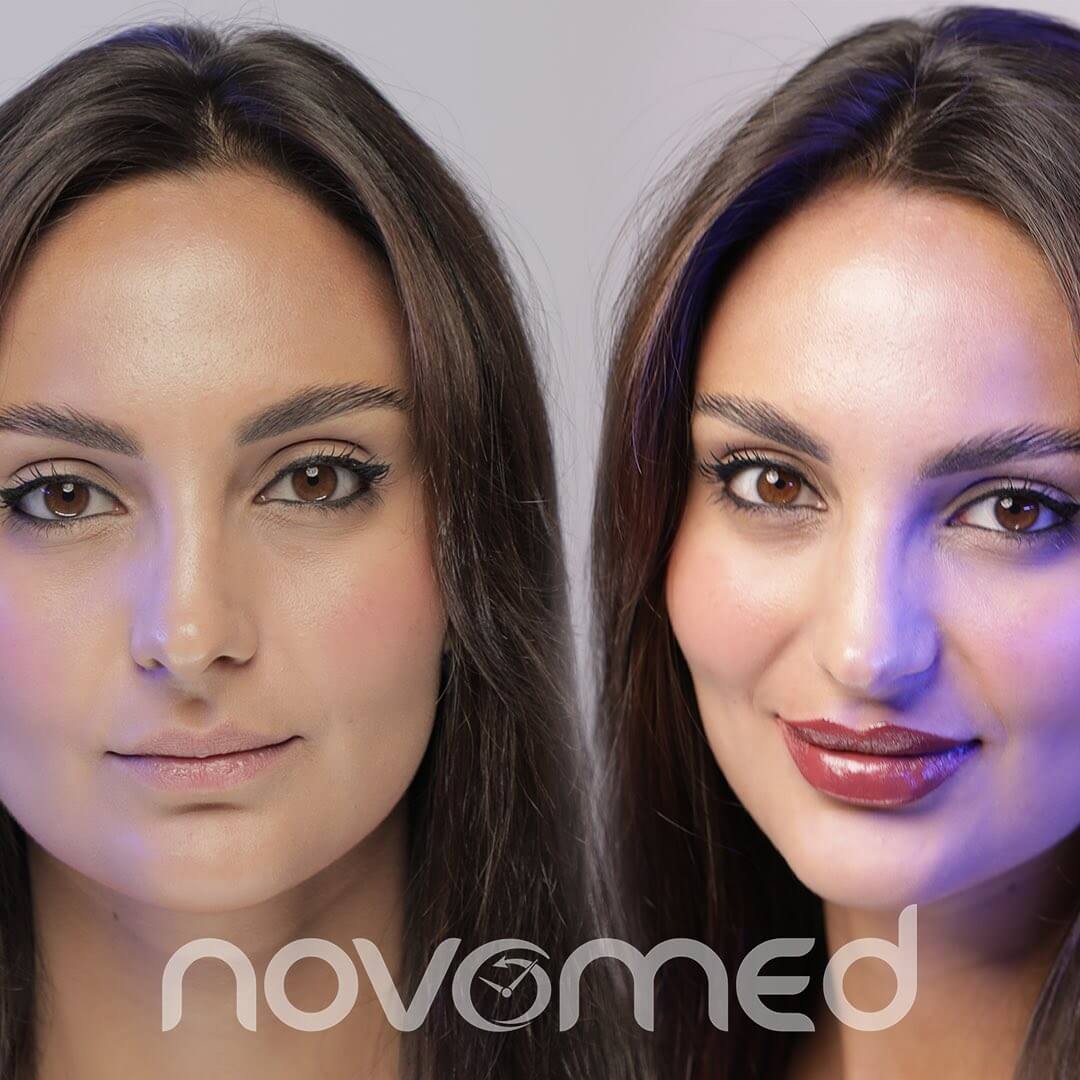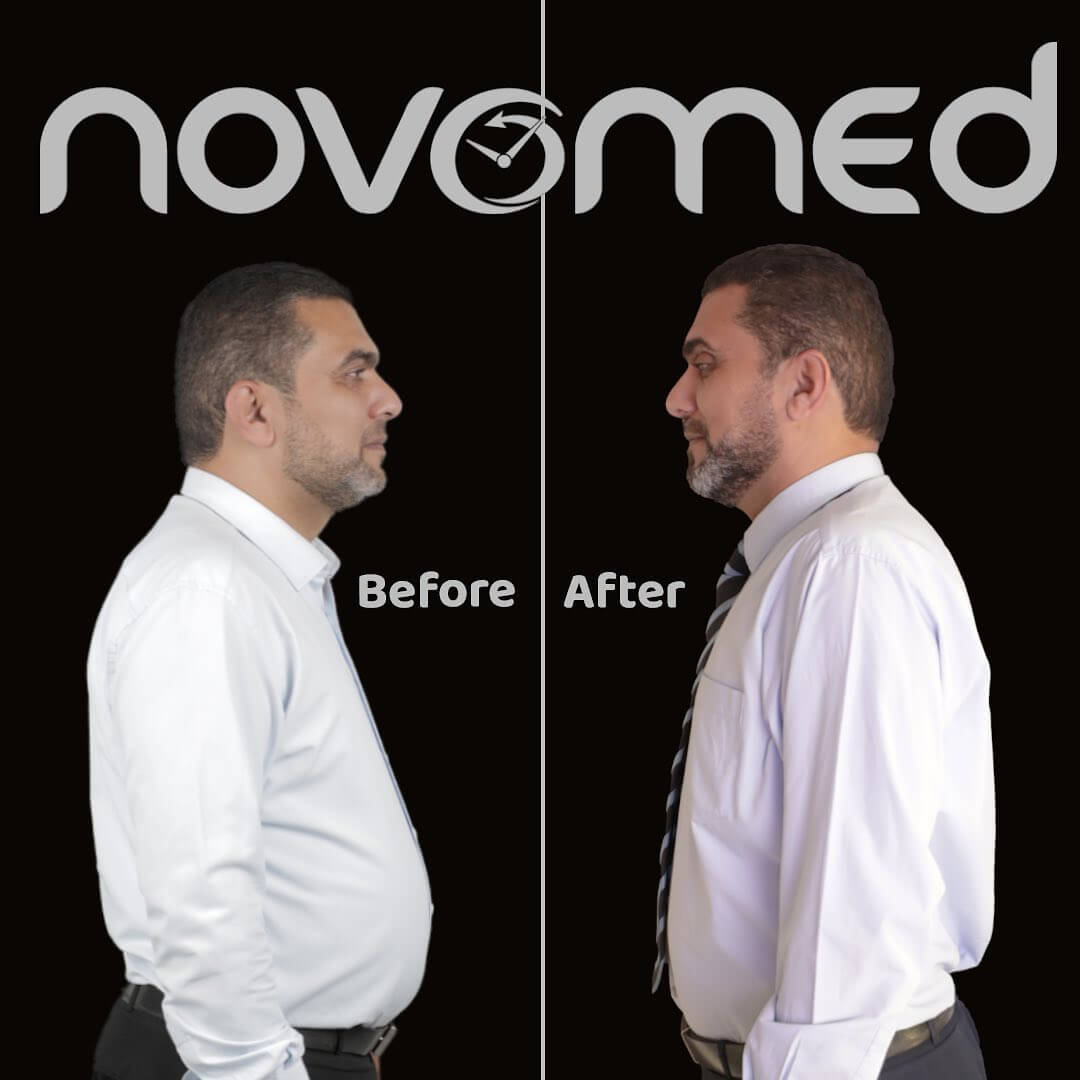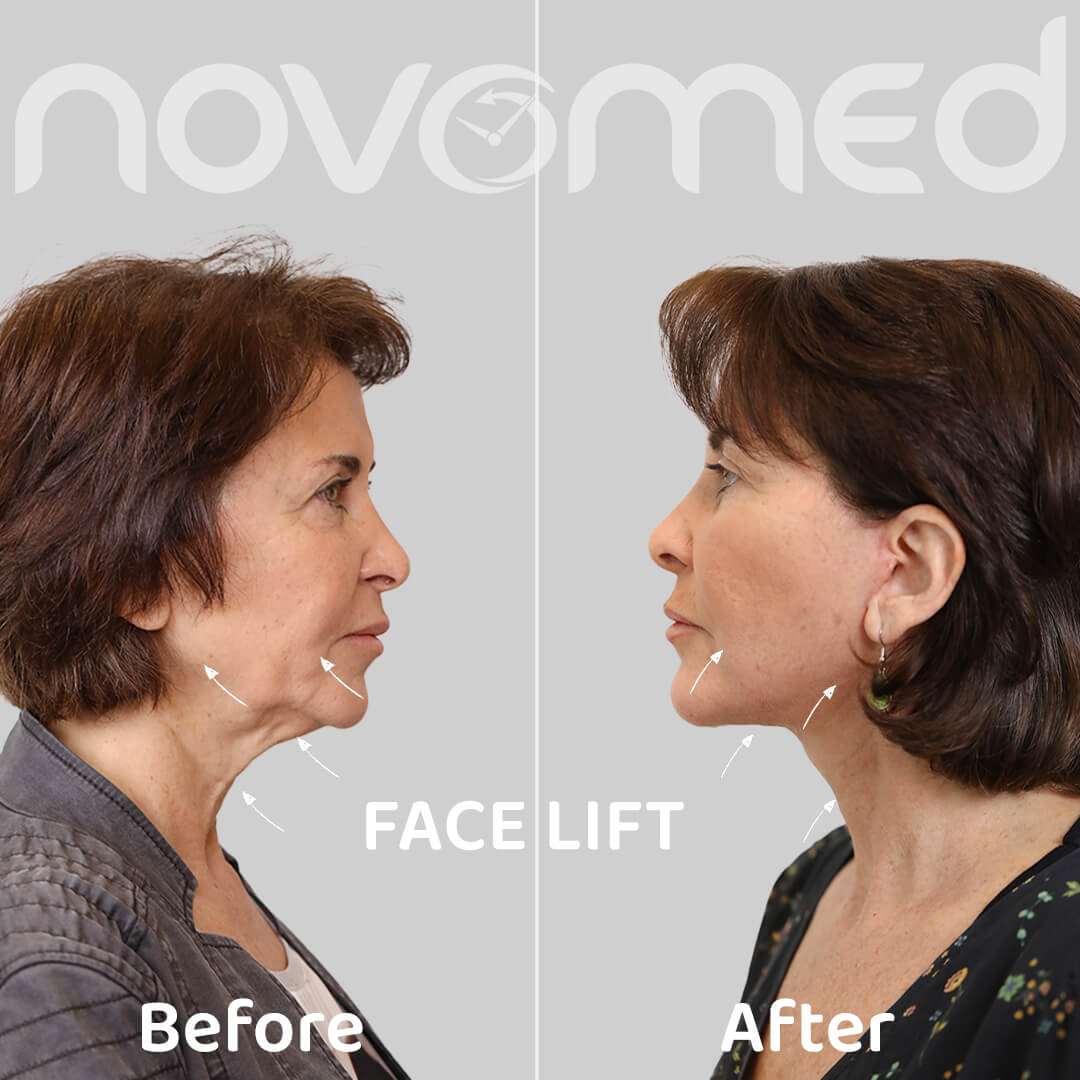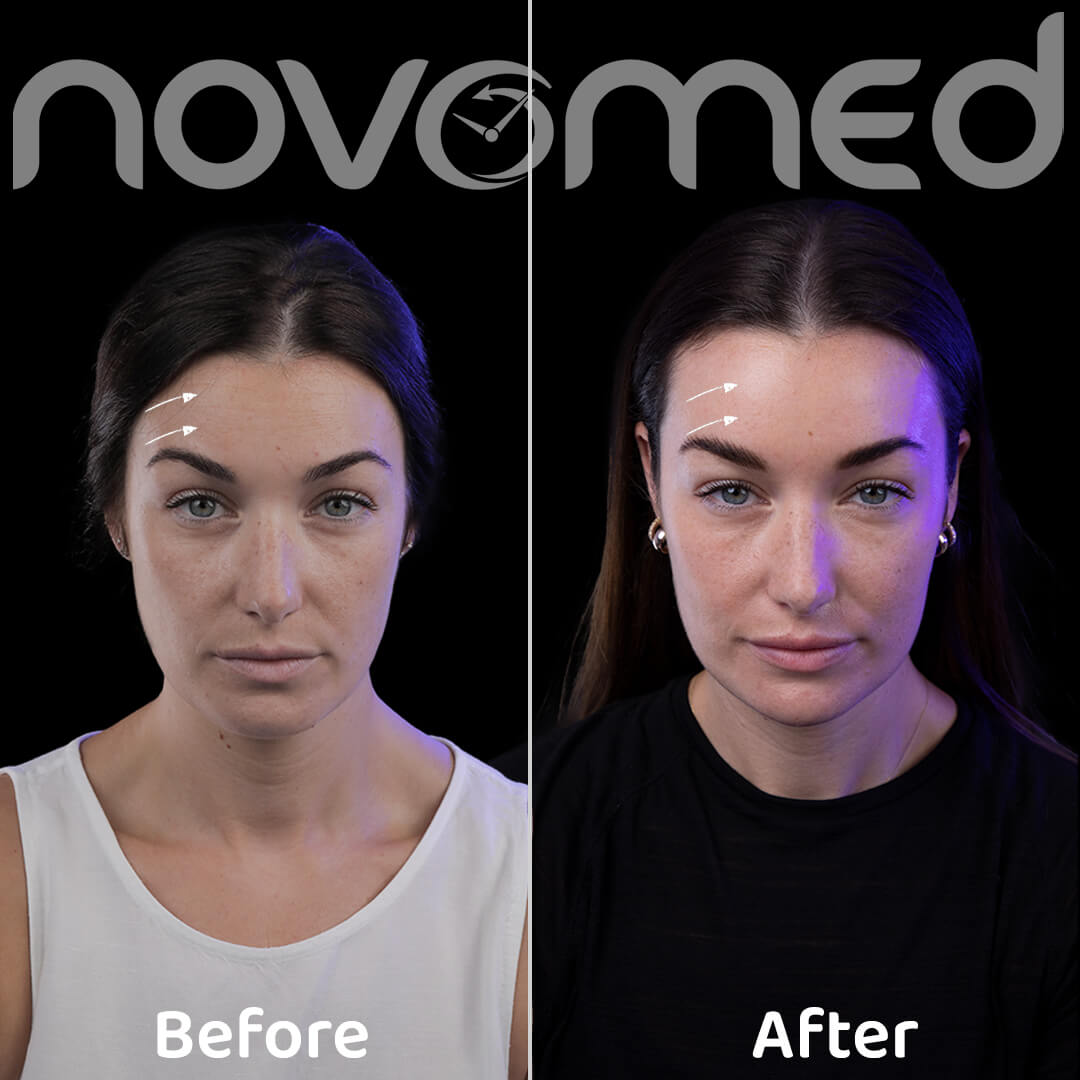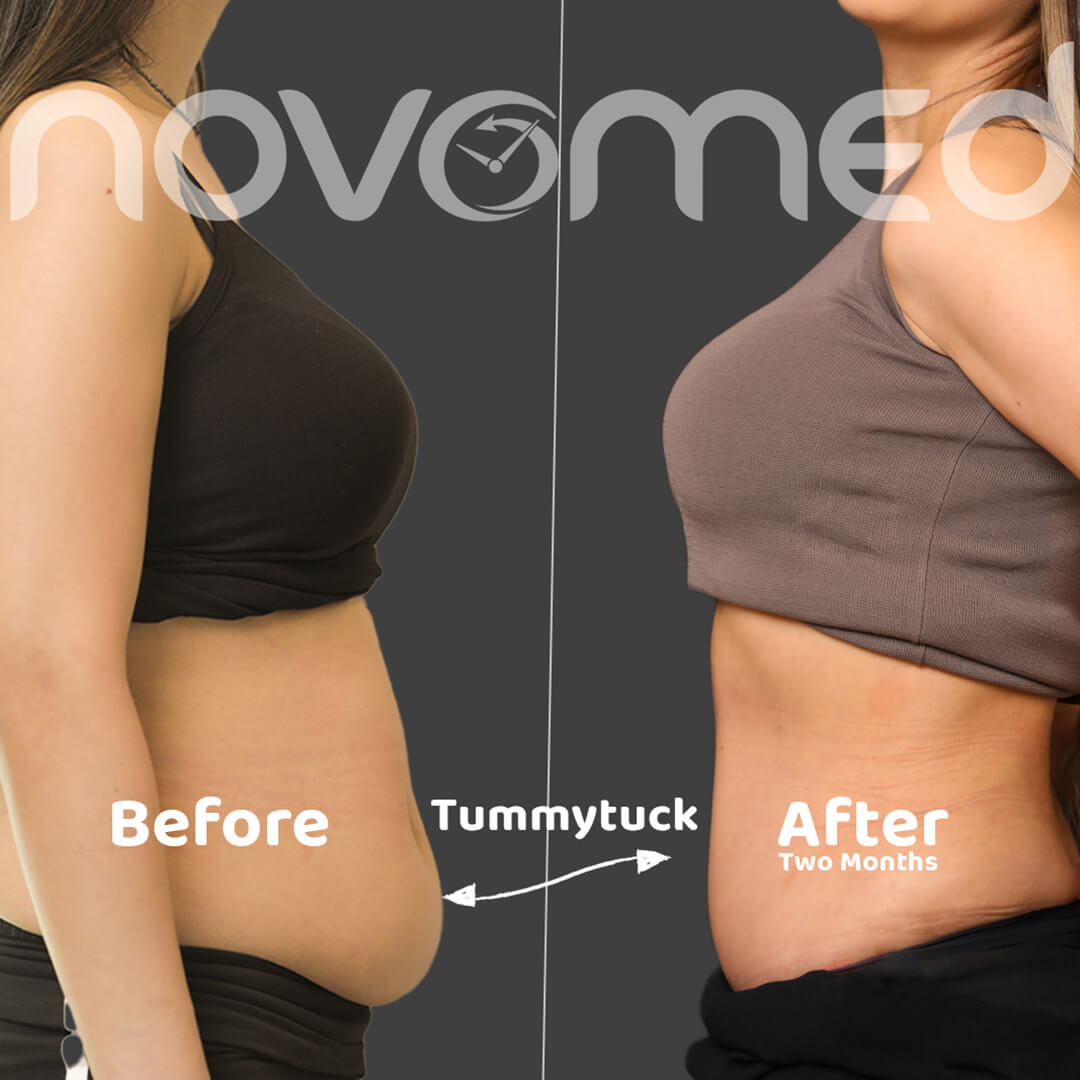The thyroid gland is located in the neck in front of the trachea. It takes the form of a butterfly or tie. Usually, one can’t feel the thyroid gland if its size is normal; however, it can be felt as a swelling in some diseases that cause goiter. The thyroid glands secrete two main types of hormones: triiodothyronine and thyroxine.
Thyroid gland has several functions, including regulating metabolism which increases body heat production, regulating fat metabolism that lowers the level of blood lipids, regulating carbohydrate metabolism, and regulating thyroid hormones responsible for children’s growth and development, in addition to its role in the regulation of mental and sexual activity.
Thyroidectomy involves removing a part of all of the thyroid gland. This procedure is performed to treat thyroid gland disorders, and the portion removed from the gland depends on the reason for the surgery. If thyroidectomy is partial, the thyroid gland will still be able to function normally after the procedure; however, if the thyroid gland is removed completely, the patient will have to use a medication containing thyroid gland hormones daily.
What are the reasons for performing Thyroidectomy?
- Thyroid cancer: the most common reason for thyroidectomy, it involves removing most or all the thyroid gland.
- Overactive thyroid: it occurs when the thyroid secretes excessive amounts of thyroxine hormone, and it can be treated by removing the thyroid gland if it didn’t respond to other treatments.
- Suspicious thyroid nodules: these nodules could be or could become cancerous, that why the doctor takes a biopsy to check if a thyroidectomy is necessary.
- Goiter: an abnormal enlargement of the thyroid gland and it may cause serious complications, such as breathing and swallowing difficulties. It can be treated by removing part or all the thyroid gland.
What are the risks and complications of Thyroidectomy?
- Bleeding
- Infection
- Airway obstruction
- Hoarse or weak voice because of vocal cords and nerve damage
Procedure
- Conventional thyroidectomy: in this procedure an incision is made in the center of the neck, to reach directly to the thyroid gland.
- Endoscopic thyroidectomy: in this procedure, smaller incisions are made in the neck, where surgical instruments and camera are inserted to guide the doctor who performs the surgery.
- Robotic thyroidectomy: in this procedure, incisions are made in the chest and armpitor incision in the upper part of the neck.This method aims to remove the thyroid gland without making an incision in the center of the neck.
After surgery
The patient usually remains in the hospital for 1-3 days after surgery. If there is pain after thyroid removal, painkillers can be used as needed. The pain usually disappears within a few days. The patient may experience changes in voice and hoarseness during the first days after surgery, in rare cases, it may take longer.
In cases of thyroid cancer, the patient may be asked to receive chemotherapy after thyroidectomy, this is determined based on the spread and type of tumor.
In the case of severe pain, bleeding, shortness of breath, high fever or purulent drainage from the incision, you should seek medical care immediately.







